Living beings are reeling under serious and catastrophic climate change that represents one of the most pressing challenges of our era, driven primarily by human activities including burning fossil fuels, deforestation, and industrial processes. This further results in rising temperatures, extreme weather events, and shifting ecosystems, and we have seen its impact on biodiversity, sea levels, and weather patterns. The urgency to address climate change has never been greater, as its effects touch every corner of the planet. It pains many of us, however, the action towards damage-reversal is limited to a few lives only. One such life is Prof.Chetan Singh Solanki who is on an unparalleled mission that’s capturing global attention. He has pledged his life to expand the network of action-driven climate advocates by fostering energy literacy for 1 billion people and inspire 10 million households to fully embrace solar power.
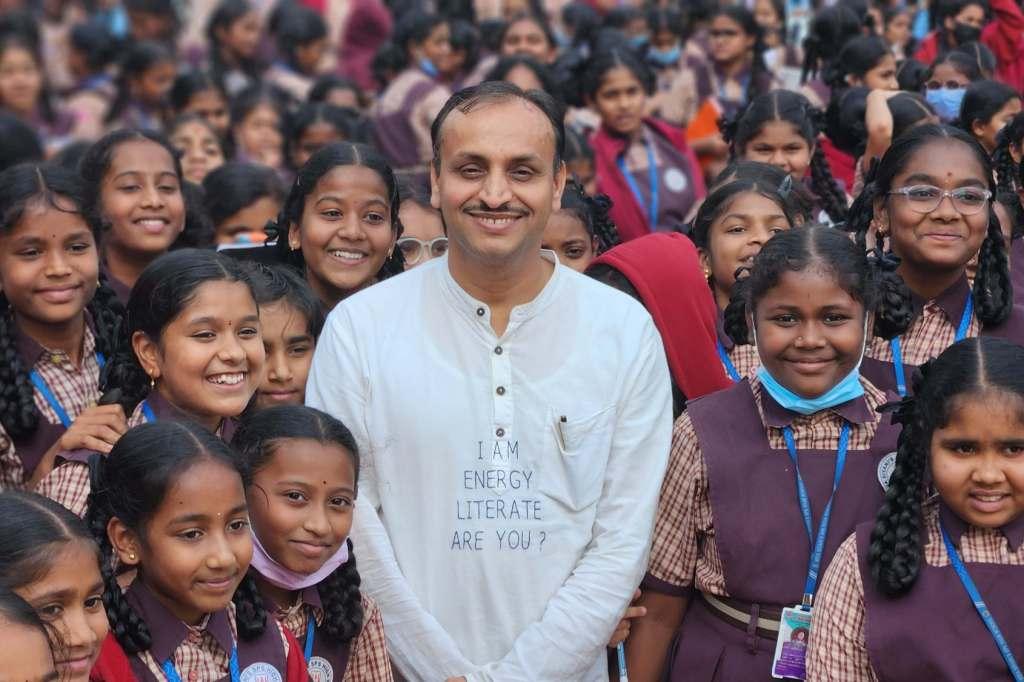 An esteemed educator, innovator, and champion of sustainable energy, Prof. Solanki has taken an unpaid leave from IIT Bombay to embark on Energy Swaraj Yatra in November 2020 — an 11-year journey across India in a solar-powered bus, dedicated to promoting 100% solar energy. His pledge to remain aboard the bus throughout this period underscores his unwavering commitment to climate action.
An esteemed educator, innovator, and champion of sustainable energy, Prof. Solanki has taken an unpaid leave from IIT Bombay to embark on Energy Swaraj Yatra in November 2020 — an 11-year journey across India in a solar-powered bus, dedicated to promoting 100% solar energy. His pledge to remain aboard the bus throughout this period underscores his unwavering commitment to climate action.
Also known as the “Solar Man of India” and “Solar Gandhi”, he aims to ignite a worldwide movement towards energy independence. With this mindset, he founded the Energy Swaraj Foundation and has made remarkable strides with his Solar Urja through Localization for Sustainability (SoULS) project. His ground-breaking efforts have earned him accolades such as IEEE’s global grand prize, multiple Guinness World Records, and recognition from the United Nations. Let's introduce you the work and life of this climate champion.
Excerpts from the Interview:
Q. What inspired the establishment of Energy Swaraj Foundation, and what measurable impact has it achieved so far?
A. I founded the Energy Swaraj Foundation driven by a deep sense of urgency to address the escalating issue of climate change. Influenced by Gandhian principles, I felt compelled to create a public movement that promotes energy independence and sustainability. For this purpose, I left my job and home for 11 years and undertaken Energy Swaraj Yatra through solar bus.
Our approach at the Foundation is unique in that we emphasize limiting consumption and localizing production, encapsulated in the AMG (Avoid, Minimize, and Generate) approach. This philosophy is not just unique in India but globally. While many organizations focus on creating more technologies or policies, we advocate that the most powerful solution is to "not do something" – to reduce unnecessary consumption.
Our philosophy has enabled us to develop tools like "Actions for Climate Correction," which includes Energy Literacy Training (ELT), the Wrinkles AchheHain (WAH) campaign, Reducing Electricity Consumption (REC), and promoting EkKamra Solar Ka (EKSK). These tools are designed in a manner that everyone across the world can implement. They encourage a shift from relying on ‘wrong energy’, the carbon-based energy to adopting the ‘right energy’, the solar sources in the ‘right way’, the AMG way, and at the ‘right time’, meaning right now.
So far with my yatra, I have travelled over 60,000 kilometers and delivered over 1,000 talks. Our energy literacy training has enrolled more than 2 million people, and our "Wrinkles Achhe Hain" and "Reduce Electricity Consumption" campaigns are resulting in millions of kilograms of carbon dioxide savings every single year, besides increasing mass awareness about global warming and need to take climate ccorrective actions.
Q. Can you explain the objectives and outcomes of the "Wrinkles Achhe Hain" campaign?
A. The simplest, most effective, and immediate action that everyone can take is to not do something. As a part of this, we started the campaign called "Wrinkles AchheHain," where we encourage people to wear wrinkled clothes every Monday. Ironing one pair of clothes results in nearly 200 grams of carbon emissions. Therefore, by not ironing, one can easily save 200 grams of CO2. This action requires no effort, new technology, or money—it saves electricity, reduces carbon emissions, and protects the environment. The power of this campaign is that anyone around the world can participate. So far, over 700,000 people have joined, and our aim is to reach 10 million participants by the end of this year.
Explore the 4th Installment of Social Impact Conference & Awards 2024 and nominate outstanding sustainability efforts
Q. How is Energy Swaraj Foundation leveraging solar power to achieve net-zero emissions?
A. I have written an article titled "Net Zero Cannot Be Your Hero," where I argue that the concept of net zero is grossly misunderstood and promoted in the wrong way. The current approach to achieving net zero is flawed and insufficient. Even renewable energy solutions like solar energy have some environmental impact and therefore ‘X’ – ‘X’ will not be zero. Although I am a professor and promoter of solar energy, I emphasize that the first rule of using solar energy is to “avoid use of solar energy”. Solar energy systems require mining, silicon processing, and manufacturing components like glass, aluminium frames, iron structures, copper cables, and inverters, all of which impact the environment. Therefore, rather than striving for net zero, we should follow the AMG approach: Avoid first, Minimize second, and Generate as a last option.
Q. Could you elaborate on how Energy Swaraj Foundation involves local communities in assembling, repairing, and maintaining solar projects?
A. Energy by locals for locals is Energy Swaraj. Involving local communities is a cornerstone of our work at the Energy Swaraj Foundation. We provide training and resources to empower individuals to assemble, repair, and maintain solar projects. This not only ensures the sustainability and longevity of these installations but also fosters local expertise and self-reliance. By engaging communities directly, we create job opportunities and ensure that the transition to sustainable energy is inclusive and participatory.
Through my Solar Urja through Localization project, we have reached more than seven and a half million families, providing them with clean light. Additionally, I have developed a training program called EkKamra Solar Ka (EKSK), encouraging individuals to buy, install, repair, and maintain their own solar systems.
This grassroots involvement is essential for the success of our initiatives and aligns with our philosophy of ‘limiting consumption’ and ‘localizing production’ to mitigate climate change.
Q. As an expert, could you please tell our readers about the merits and demerits of solar technologies.
A. We must first understand that the food we eat, the air we breathe, and the water we drink all rely on solar energy. Humanity exists on this planet because of solar energy. However, we have diverted to fossil fuels to run our lives, with 80 to 85% of our energy coming from fossil sources, which are causing problems like global warming and climate change. Therefore, we need to switch back to 100% solar-powered living.
The communication regarding solar energy often misrepresents its use. I would argue there are no inherent demerits to solar energy; the issue lies in our misunderstanding of energy consumption. Solar energy has been promoted incorrectly by policymakers and the government, often labelled as an expensive solution. However, how can spending 2 to 3 lakh rupees for 100% solar powering your house is more expensive than buying a 60 to 80 lakh rupee house or a 5 to 10 lakh rupee car?
This misconception of solar energy being expensive has created a bottleneck for its adoption, unfortunately promoted by our government and other authorities themselves. There is a need to use solar energy because we would like to survive and sustain our lives on the planet Earth. Simple!
Q. Please take us through some of the pioneering solutions in renewable energy and sustainability.
A. Pioneering solutions in renewable energy and sustainability include the development of high-efficiency solar panels, advanced energy storage systems like lithium-ion and flow batteries, and smart grid technologies that optimize energy distribution. At the Energy Swaraj Foundation, our initiatives, such as the Energy Swaraj Yatra, represent innovative approaches to achieving energy independence and sustainability. These solutions are not only technical but also involve educating and engaging communities, promoting a holistic approach to sustainability. Our unique focus on limiting consumption and localizing production sets us apart, not only in India but across the world, making our contributions to renewable energy and sustainability particularly impactful.
Q. Could you provide data on the environmental impact of Energy Swaraj Foundation's initiatives over the past 11 years, particularly in reducing carbon footprints?
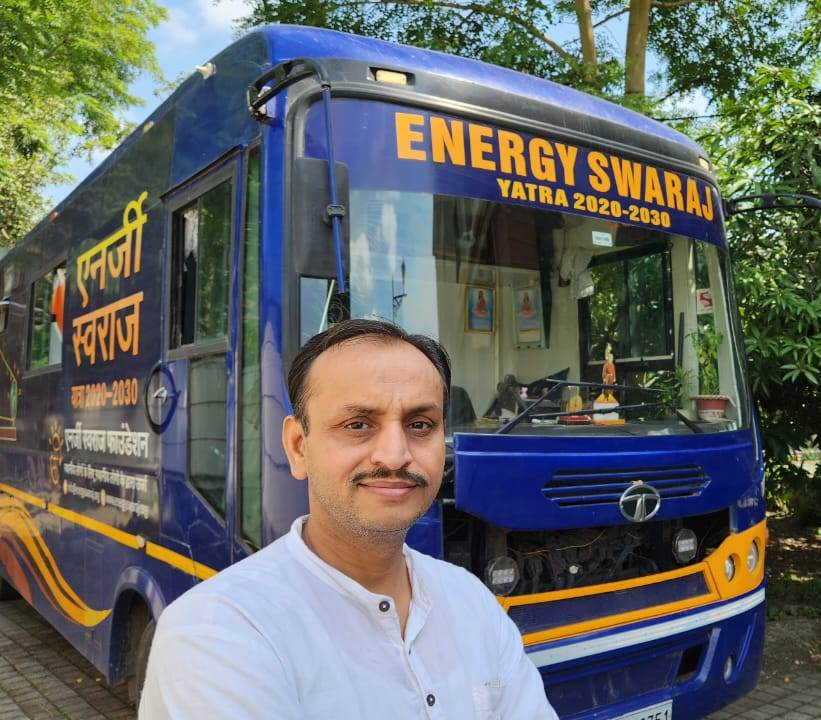 A. My Energy Swaraj Yatra has just completed about 1350 days. To complete 11 years, still a long way to go. So far with my yatra, I have travelled over 60,000 kilometers and delivered over 1,000 talks. Our energy literacy training has enrolled more than 2 million people, and our "Wrinkles AchheHain" and "Reduce Electricity Consumption" campaigns are resulting in millions of kilograms of carbon dioxide savings every year.
A. My Energy Swaraj Yatra has just completed about 1350 days. To complete 11 years, still a long way to go. So far with my yatra, I have travelled over 60,000 kilometers and delivered over 1,000 talks. Our energy literacy training has enrolled more than 2 million people, and our "Wrinkles AchheHain" and "Reduce Electricity Consumption" campaigns are resulting in millions of kilograms of carbon dioxide savings every year.
These efforts are not only increasing mass awareness about global warming but also encouraging people to take climate corrective actions. Our main goal is to reach billions of people with awareness of climate change and inspire them to participate in corrective actions. We have a target to impact at least 1 billion people by 2030 and encourage at least 10 million households to give away electricity connection and live 100% solar powered life.
Another good read: Decoding the Ward Factsheet Methodology: Assessing Climate Change Impacts in Bengaluru
Q. What urgent priorities should businesses, government, civil society, and individuals address to mitigate climate change and protect global ecosystems?
A. Prevention is always better than cure. Unfortunately, most people, businesses, governments, civil society, and individuals are focusing on curing through solar energy solutions. However, the most effective and powerful answer lies in prevention. The planet and its resources are finite, so it is important to first limit our consumption and then localize production based on renewable energy solutions. Only this approach can help mitigate climate change; more science and technology without limiting consumption is futile.
To mitigate climate change and protect global ecosystems, it is crucial for businesses, governments, civil society, and individuals to prioritize transitioning to renewable energy sources, reducing waste and consumption, and enhancing energy efficiency. Policies and incentives should support sustainable practices and the development of green technologies. Additionally, there is a need for greater public awareness and education on the impacts of climate change and the actions required to address it. Collaboration among all stakeholders is essential to drive systemic change and achieve sustainable outcomes.Top of ForBottom of Form
Q. Considering the current climate trends and environmental damage, do you believe limiting global temperatures to 1.5 degrees Celsius is still feasible?
A. Given the current climate trends and the extent of environmental damage, limiting global temperatures to 1.5 degrees Celsius remains a challenging yet critical target. Immediate and drastic actions are necessary to reduce greenhouse gas emissions and transition to sustainable energy practices. While the goal is ambitious, it is still achievable if there is a collective effort from all sectors of society to implement effective climate policies, adopt renewable energy, and reduce consumption and waste. At the Energy Swaraj Foundation, we advocate for a shift towards reducing consumption as a primary solution, which is crucial in this context, and can be achieved in short time without needing any resources.
You may also like to read: India's Geothermal Frontier: Harnessing Earth's Heat for a Sustainable Future
Q. Over the years, the fundamental concept has changed from need to greed with excessive deforestation, land degradation, and water mismanagement. What are the strategies and most advanced technological solutions that can address these areas effectively?
A. Very true. Limiting consumption and localising production is a fundamental boundary conditions applicable to everything that we do on this planet and everything that we use in our lives. To address deforestation, land degradation, and water mismanagement, it is essential to adopt sustainable agricultural practices, enforce strict land-use policies, and invest in reforestation and afforestation projects. Advanced technological solutions such as precision farming, satellite monitoring for land and water management, and innovative irrigation techniques like drip and sprinkler systems can significantly mitigate these issues. Additionally, promoting the use of renewable energy in agriculture and implementing policies that encourage sustainable resource management are crucial strategies. Our approach at the Energy Swaraj Foundation focuses on reducing consumption and localizing production, which are vital for addressing these environmental challenges effectively.
Q. What are the primary obstacles hindering expedited action against global warming and climate change, such as funding, political will, collaboration, technological intervention, or policy implementation?
A. The primary obstacle in taking action against climate change is the lack of awareness among individuals, but more concerning is the lack of awareness among leaders. Leaders from all sectors, including political leaders, policymakers, professors, and professionals, often lack a basic understanding of climate change and the right approach to address it. Despite significant efforts, climate change is worsening every year. I believe top leaders must pause and reconsider the direction they are guiding society with. If they participate in our energy literacy training, it will be an eye-opener, enabling them to take the right actions and decisions.
Q. Is there a message you would like to convey to our readers regarding sustainable practices and environmental stewardship?
A. The message is simple, your inaction is action – “Not do something”. Every user of energy and material contributes to climate change, and therefore, every user must be part of the solution. It is nearly impossible for governments and policies alone to correct global warming and climate change. For the sake of ourselves and our children, every individual, regardless of age, country, or geography, must take climate corrective actions right now.
My message to readers is to embrace sustainable practices in their daily lives and become active stewards of the environment. Small actions, such as reducing energy consumption, minimizing waste, and opting for renewable energy sources, can collectively make a significant impact. It is crucial to understand that sustainability is not just an option but a necessity for the survival and well-being of future generations. By adopting the principles of Energy Swaraj and striving for energy independence, we can create a healthier, more sustainable world. Remember, the most powerful solution is often to "not do something" – reduce unnecessary consumption and focus on what truly matters.
Also read:
AWS Can Help Indian Organisations Reduce Carbon Emissions of AI Workloads, Says Study
Chandigarh Soon to Become First City to Introduce 'Tree Mapping' With GIS Technology



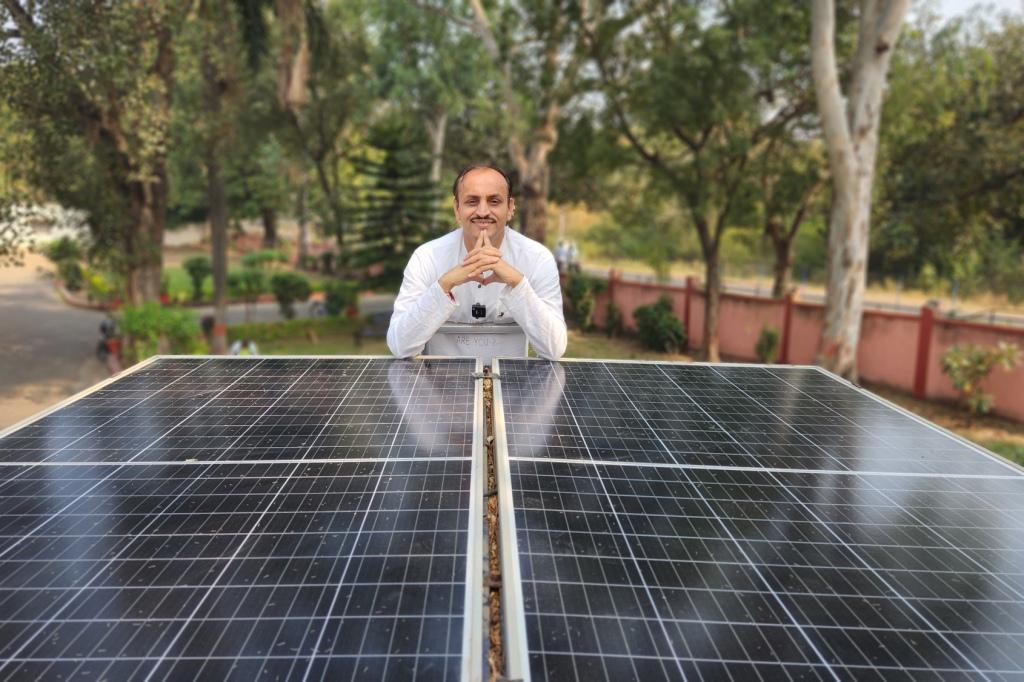
 An esteemed educator, innovator, and champion of sustainable energy, Prof. Solanki has taken an unpaid leave from IIT Bombay to embark on Energy Swaraj Yatra in November 2020 — an 11-year journey across India in a solar-powered bus, dedicated to promoting 100% solar energy. His pledge to remain aboard the bus throughout this period underscores his unwavering commitment to climate action.
An esteemed educator, innovator, and champion of sustainable energy, Prof. Solanki has taken an unpaid leave from IIT Bombay to embark on Energy Swaraj Yatra in November 2020 — an 11-year journey across India in a solar-powered bus, dedicated to promoting 100% solar energy. His pledge to remain aboard the bus throughout this period underscores his unwavering commitment to climate action. A. My Energy Swaraj Yatra has just completed about 1350 days. To complete 11 years, still a long way to go. So far with my yatra, I have travelled over 60,000 kilometers and delivered over 1,000 talks. Our energy literacy training has enrolled more than 2 million people, and our "Wrinkles AchheHain" and "Reduce Electricity Consumption" campaigns are resulting in millions of kilograms of carbon dioxide savings every year.
A. My Energy Swaraj Yatra has just completed about 1350 days. To complete 11 years, still a long way to go. So far with my yatra, I have travelled over 60,000 kilometers and delivered over 1,000 talks. Our energy literacy training has enrolled more than 2 million people, and our "Wrinkles AchheHain" and "Reduce Electricity Consumption" campaigns are resulting in millions of kilograms of carbon dioxide savings every year.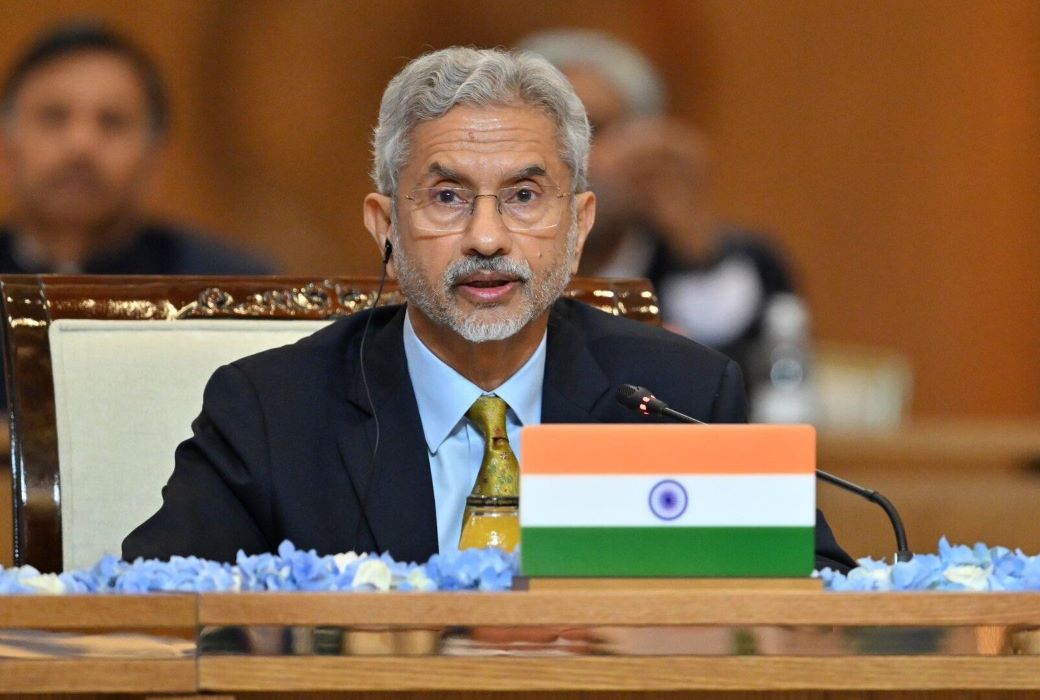
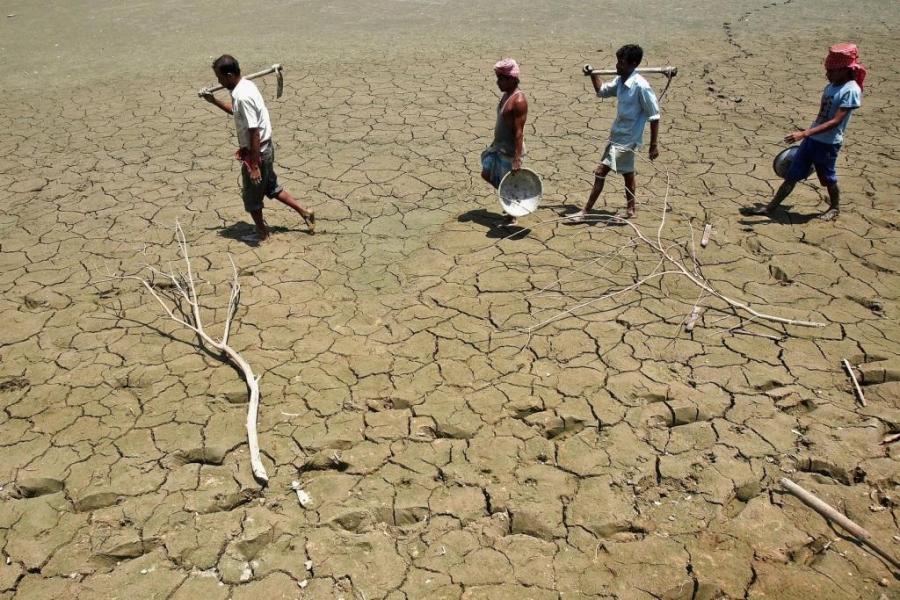

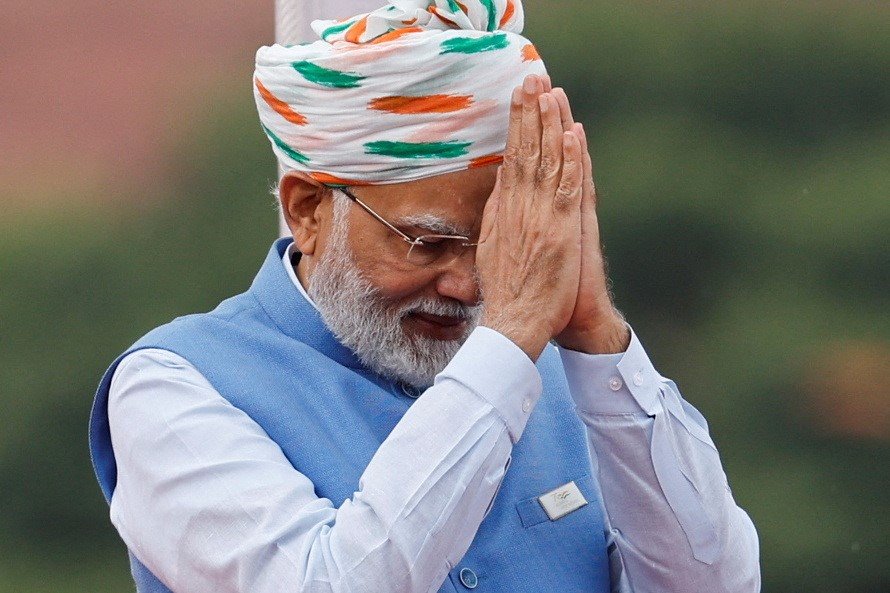

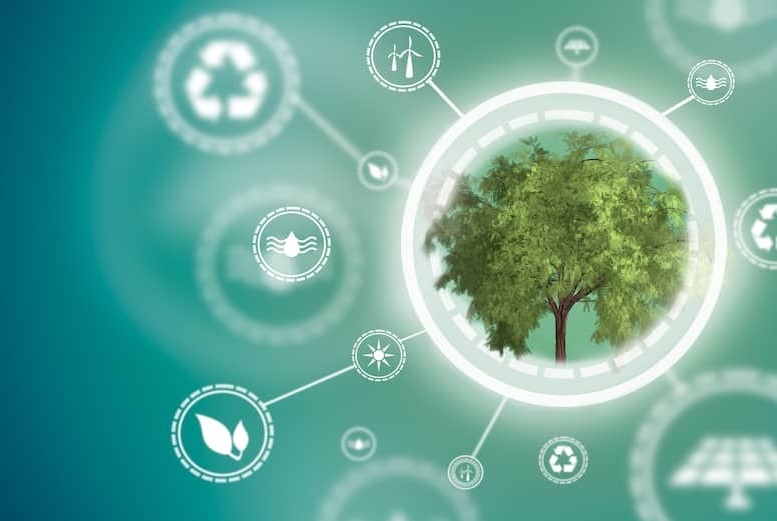

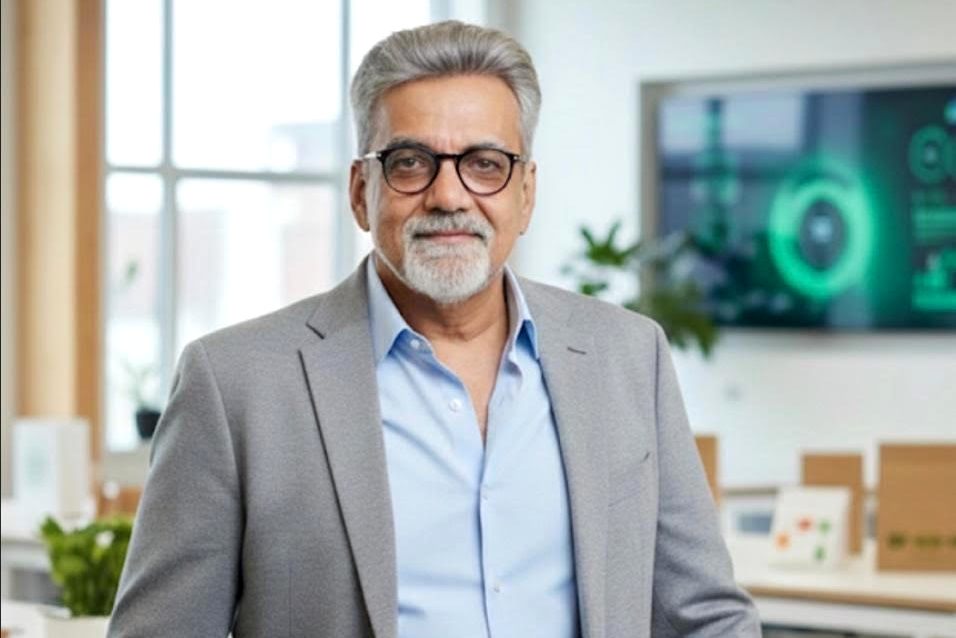



.jpg)




